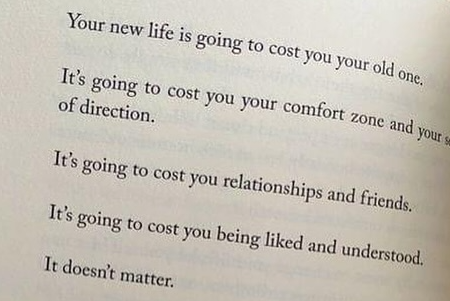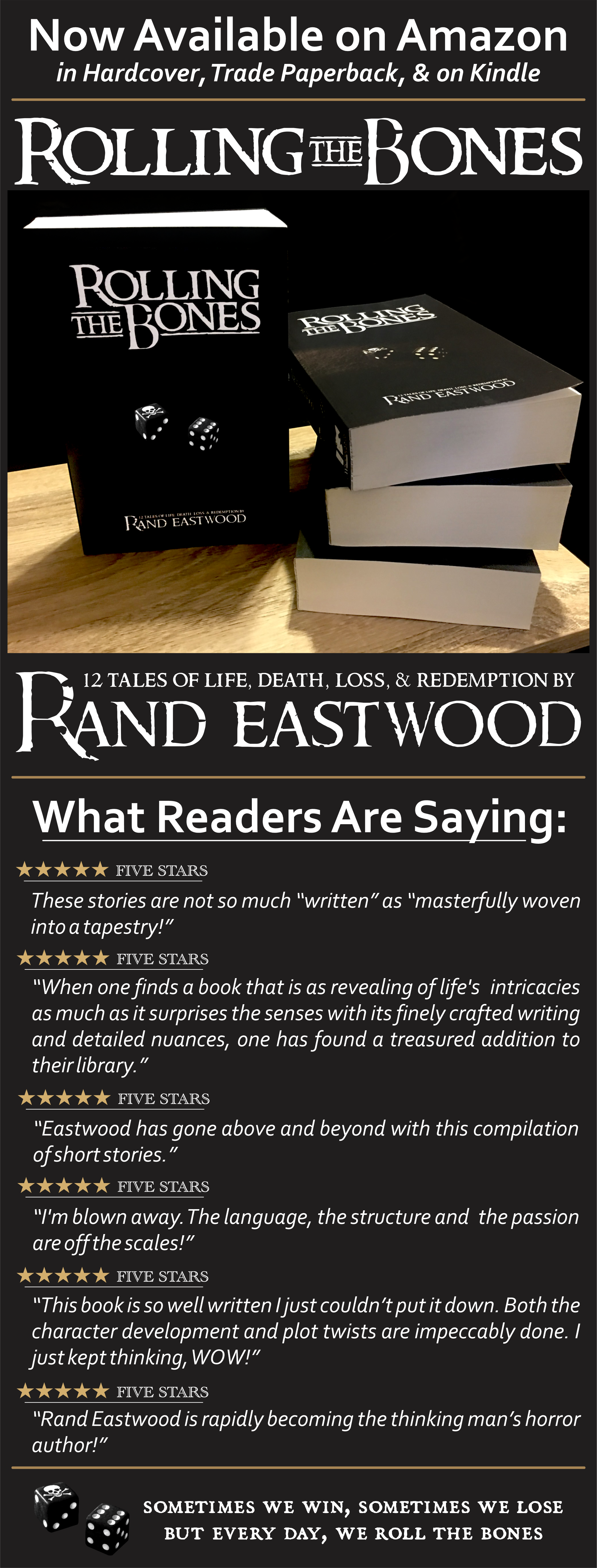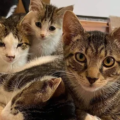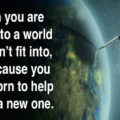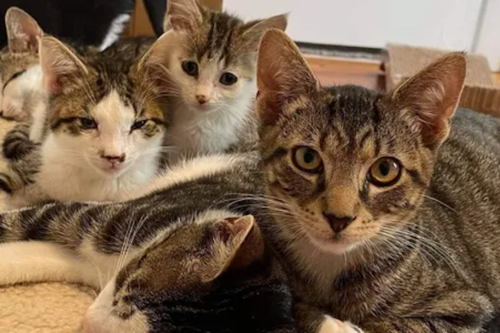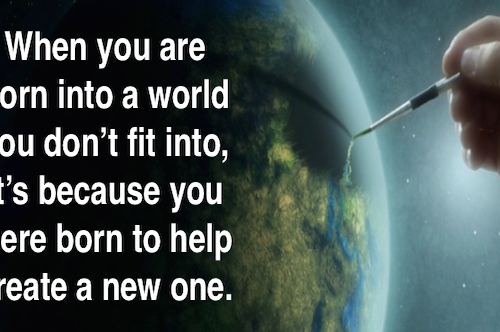When I was a kid, I somehow got it in my head that I wanted to start collecting butterflies. It was too long ago, and I was too young, to recall the details, but I remember acquiring a “Field Guide To Butterflies” book from somewhere, and my dad making me a butterfly net, and then somehow a grooved balsa wood pinning block materialized, along with—believe it or not—a brown glass bottle of ether (!!!), but I don’t recall from where. (In hindsight, my maternal grandfather worked as a chemical engineer at a local pharmaceutical plant, so I imagine he somehow got hold of the ether).
So I spent the summer chasing butterflies in the fields on the other side of the railroad tracks that ran behind our house, and actually caught a fair few. Whenever I managed to catch one, I’d bring it home, seal it in a jar with a cotton ball soaked with ether, until it was asphyxiated. Then I’d pin its body into the groove in the block, and pin its wings open, so it would dry beautifully displayed. Meantime, I would identify the species in the book and make a label.
Though the process was making me feel a little guilty, I dealt with it, and began building a substantial collection.
Until one day…
One summer day I captured a mighty fine specimen (though again, I can no longer recall the species, though I remember it being one of the larger ones I’d been after, perhaps a Zebra Swallowtail or Tiger Swallowtail?)
With a feeling of victory coursing through me, I dashed home, and did the ether thing. Later that day, I retrieved the dead insect from the jar and pinned it down, wings spread. But this time, there was a difference: since it was a larger species, I had to use 2 or 3 pins through its body to hold it down while I spread and pinned its wings, instead of the usual single pin.
I left it overnight to dry (or stiffen, or whatever you wanna call it).
Next morning, I eagerly went to my hobby table to check out my new big, beautiful butterfly on glorious display…
But to my horror, it was squirming, visibly breathing, with all those pins piercing its body, and its wings were twitching, pinned down to the block, but it couldn’t move.
Crushed with guilt and sadness, I took the block out to the field, unpinned the butterfly, and watched it drop into the weeds. I doubt it lived.
Needless to say, that horrible experience ended my days of collecting butterflies.
In hindsight, I think the only reason I was able to continue with what I was doing to those innocent butterflies that summer is because their pain, their agony, their death—was silent, so it didn’t seem so bad.
And it made me wonder: how many people would still collect butterflies, if butterflies could scream?
Later in life, as a young adult, my girlfriend’s uncle—an avid fisherman—taught me how to fish. We’d go out on the lake in his boat, and he’d teach me how to catch bass using rubber night crawlers and various lures.
Even after breaking up with my girlfriend and no longer seeing her uncle, I continued to bass fish occasionally. One of my later girlfriend’s parents actually lived on a lake, so I eagerly renewed my fishing activities.
Though again, I felt guilty—the fish frantically flopping around in the boat, or staring wide-eyed as I removed a hook or ran the stringer through its gills—but I tried, at least for awhile, to deal with it.
But eventually, I could no longer take it, the guilt was just too much to bear, and I stopped fishing, and haven’t fished again since, now over 30 years. And again, I realized that what probably enabled me to do what I was doing to those innocent fish for so many years is because their pain, their agony, their death—was silent, so it didn’t seem so bad.
And again, I wondered: how many people would still fish, if fish could scream?
Today, I wonder the same thing about abortion: perhaps one of the reasons women are able to do what they do to those innocent unborn children is because their pain, their agony, their death—is silent, so it doesn’t seem so bad.
And so, I also wonder: how many women would still have an abortion, if their unborn child could scream?
Like/Follow Lifeology Blog on Facebook • View Rand’s Books on Amazon
Visit Lifeology Store • Like/Follow Lifeology Store on Facebook
A Note To Readers:
If you found this article (or any of the others, for that matter) interesting, informative, entertaining, etc., please consider subscribing to the Lifeology email newsletter: simply enter your email into the form below (also in the right sidebar)—or, if you prefer, just use this simple quick sign-up form.
↓↓↓ Also, please hit the “Like” (thumbs up) button below. Thanks! ~ Rand







